Home Improvement Guide
Everything You Need to Know About WPC Decking
1. What are WPC Decking Boards?
2. Overview of WPC Decking Characteristics
3. Different Types of WPC Decking
3.1. Solid Profile Decking
3.2. Hollow Core Decking
4. Varieties of WPC Decking Surfaces
4.1. Smooth Decking Boards
4.2. Grooved Decking Boards
4.3. Brushed Surface Decking Boards
4.4. French Profile Decking Boards
5. Wooden Decking
5.1. Popular Wood Types for Decking
5.2. Bangkirai Wood
5.3. Ipé or Ipe Wood
5.4. Siberian Larch Wood
5.5. Douglas Fir Wood
5.6. Cumaru Wood
5.7. Garapa Wood
5.8. Teak Wood
6. WPC or Wood Decking?
7. Lifespan of WPC Decking Boards
8. Cleaning and Maintenance of WPC Decking
8.1. Cleaning with a Pressure Washer
8.2. Removing Oil and Grease Stains
8.3. How to Remove Water and Mold Stains
8.4. Dealing with Scratches or Burn Marks
8.5. Home Remedies for Removing Algae on Decking
8.6. Caring for and Maintaining WPC Decking
8.7. WPC Decking Cleaner
8.8. WPC Surface Protector
8.9. Painting WPC Decking?
8.10. Should You Seal WPC Decking?
9. Disposing of WPC Decking Boards

1. What Are WPC Decking Boards?
WPC stands for Wood Plastic Composite. It is a material blend of plastic and wood. Visually, these WPC boards resemble solid wood planks. The properties of the boards depend largely on the ratio of wood to plastic in the mix. Typically, the wood content ranges from 50% to 75%. The higher the wood content, the stiffer the decking board will be. Boards with a high wood content also heat up less and deform less in higher temperatures. On the other hand, a higher plastic content makes the boards easier to maintain and more resistant to decay. The plastic used for decking boards is more expensive than wood, so cheap WPC boards may have a high wood content, such as 70% wood and 30% plastic. The ideal ratio of wood to plastic is 40% plastic and 60% wood.
Additional additives are mixed with the plastic to enhance its mechanical properties.
These include:
- Color pigments for through-coloring the boards
- UV light stabilizers
- Fungicides
- Flame-retardant components
- Lubricants
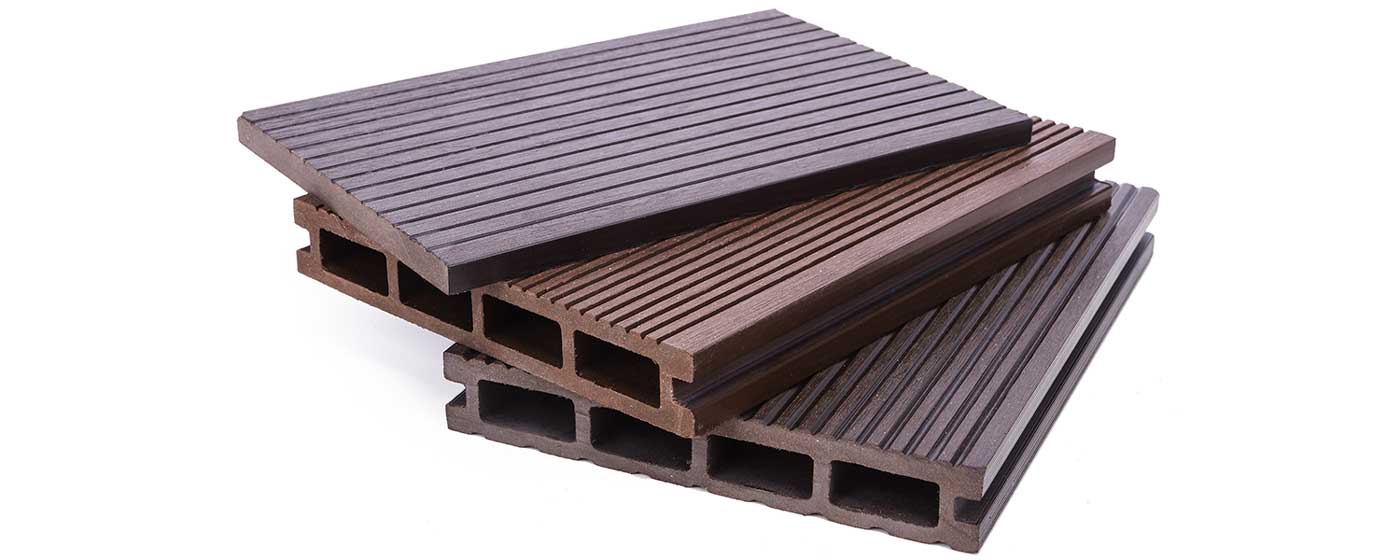
2. Overview of the Characteristics of WPC Decking Boards
- The combination of wood and plastic results in an exceptionally robust and dimensionally stable material.
- Color stabilizers ensure high color stability in the through-colored decking boards. However, due to the high proportion of natural materials, slight color variations may occur. After exposure to the weather for a few months, the boards will reach their final color, which will then remain unchanged.
- WPC is a moisture-resistant composite material. It can withstand significant temperature fluctuations, making it ideal for outdoor use.
- Since the wood used in WPC comes from wood industry by-products, WPC is environmentally friendly. Only common plastics are used in its production. Therefore, WPC boards are recyclable.
- WPC is a homogeneous and dense material. When fungicides are added to it, it becomes resistant to insect and fungal infestation.
- If WPC boards are exposed to direct sunlight, they heat up faster than wooden boards. Light-colored boards heat up less than dark-colored ones.
- The surface of WPC boards is splinter-free and therefore very barefoot-friendly. These boards are also more slip-resistant than wooden boards when wet.
- Scratches and stains do not penetrate the homogeneous material of WPC as easily as they do in the case of wooden boards. You can remove stains more easily.
- WPC boards are easy to maintain and require no special care.
- The expansion of WPC boards is influenced by temperature and humidity. The plastic in the material mix responds to temperature differences, while the wood reacts to changes in humidity. This results in expansion and contraction behavior.
3. Different Varieties of WPC Decking Boards
These decking boards are offered as solid-profile or hollow-chamber models. Both variants have their advantages and disadvantages. After installation, they are visually indistinguishable.
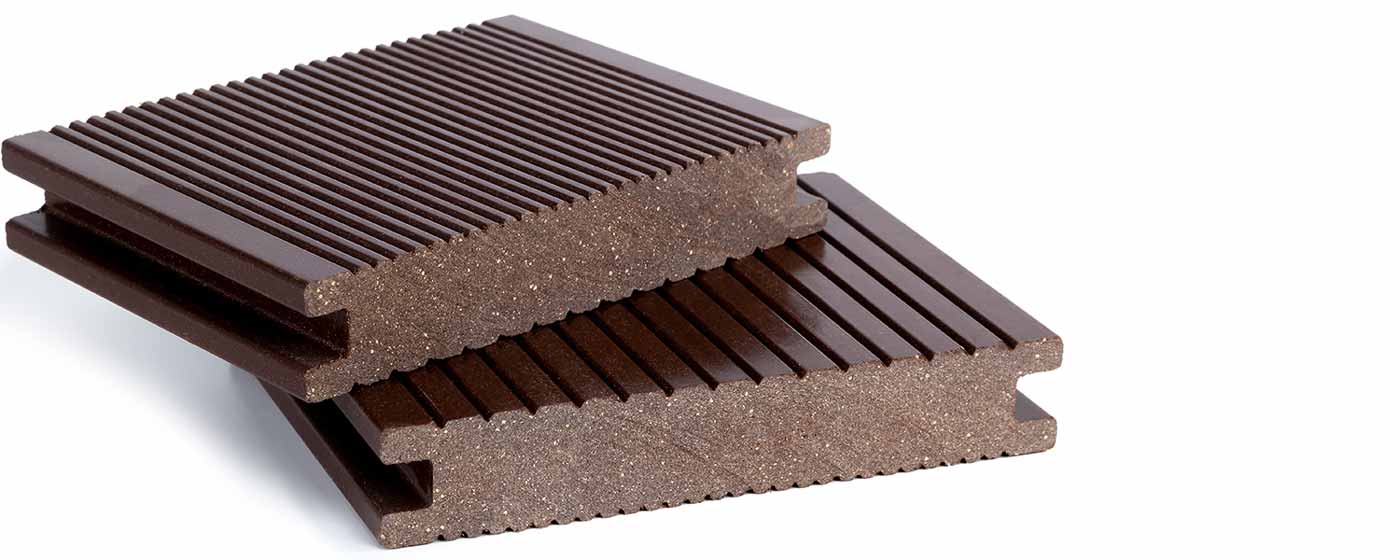
3.1. Solid-Profile Decking Boards
WPC solid-profile decking boards are solid and therefore very stable. Due to their solid material, these decking boards are heavier than hollow-chamber boards. Thanks to their closed construction, they are suitable for use around swimming pools or ponds. They do not require a slope because water can only stand on the surface and dries quickly there.
Since these boards are very robust, they are also suitable for an uncovered terrace. They have a low construction height and can be laid without a finishing edge.
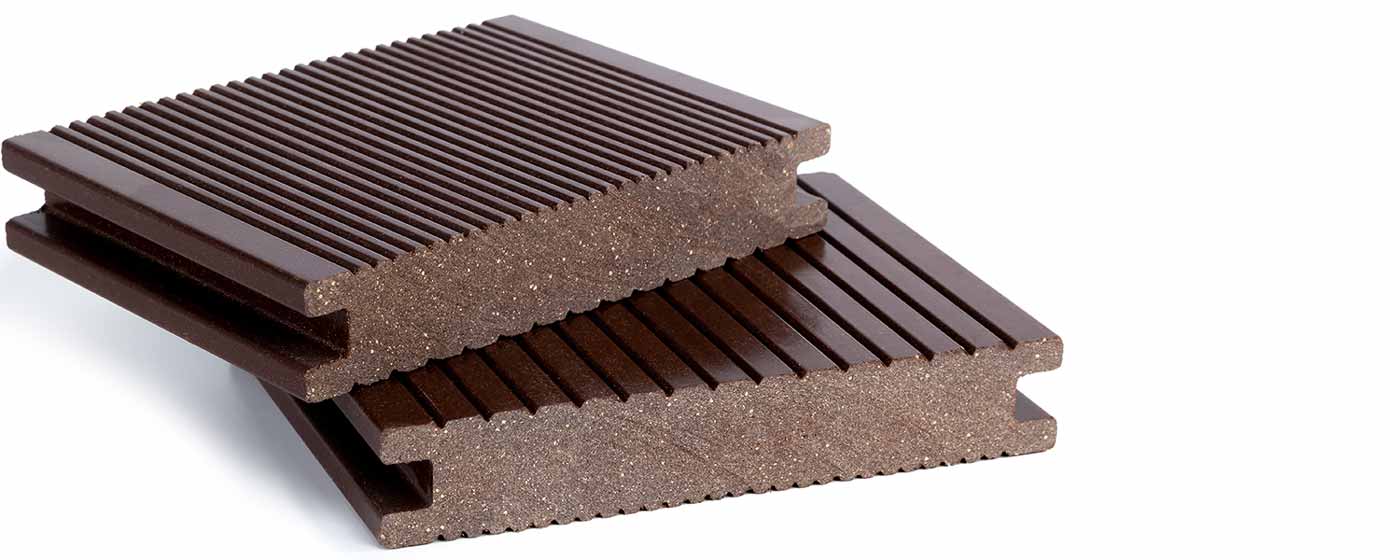
3.2. Hollow-Chamber Decking Boards
This type of WPC board is more affordable as it requires less material for production. They are visually indistinguishable from the solid-profile version. Due to the lower material consumption, they are also lighter than solid-profile boards. To prevent condensation from forming in the cavities, hollow-chamber boards must always be installed with sufficient slope. If the slope is not steep enough, water can accumulate in the hollow spaces, promoting mold growth. In winter, moisture can freeze and permanently damage the boards.
Hollow-chamber boards require more joists in the substructure as they need to be installed with closer spacing. Additionally, you will need accessories for these boards, such as end caps or finishing strips. These finishing elements prevent water from penetrating the hollow spaces and collecting there.
4. Different Surface Finishes of WPC Decking Boards
You can choose from various surface textures for your terrace boards to enhance their aesthetics.
4.1. Smooth Decking Boards
A smooth surface looks very modern and elegant. It is easier to clean than other models because dirt cannot easily adhere to it.
The exceptionally smooth surface feels comfortable when walking barefoot. This surface is also advantageous for pond or pool surroundings because water drains more quickly. Additionally, the risk of fungal and algae growth is lower.
4.2. Grooved Decking Boards
The grooved surface is the classic option. It is slightly more slippery than the smooth surface because water can accumulate in the grooves. The slower drying of these boards can lead to faster algae or fungal colonies. Over time, this can result in a shorter lifespan for the boards. Dust and dirt can get trapped in the grooves, making these boards harder to clean than those with a smooth surface.
4.3. Brushed Surface Decking Boards
A brushed surface closely resembles the natural wood texture.
The pros and cons of this surface are essentially the same as those for grooved boards.
4.4. Decking Boards with French Profile
The French profile creates an intricate pattern for the terrace.
With this surface, smooth and grooved areas alternate on the board.

5. The Wooden Terrace
Compared to the wooden terrace, the one with a WPC floor covering is relatively new. While WPC is gaining popularity, wood remains a timeless choice. In the following, we will explore the most popular wood types for the terrace.
5.1. Popular Wood Types for the Terrace
Since many of our native woods are not particularly durable for outdoor use, exotic woods are often preferred.
5.2. Bangkirai
Bangkirai is not a specific wood species but a trade name. More than 20 different wood species of the Shorea genus are sold under the name Bangkirai.
To be sold as Bangkirai, this wood must have a minimum raw density of 0.9 t/m³.
Bangkirai is still highly popular with its warm brown tones and fine-grained appearance. It is also known for its durability.
5.3. Ipé or Ipe
Originating from South America, Ipé is often simply referred to as Ipe. Ipé is a very hard, heavy, yet elastic wood. It has minimal susceptibility to warping and cracking.
Ipe is naturally resistant to termites and fungal infestations. Therefore, Ipe can be used outdoors without additional treatment. However, Ipe is not suitable for use in saltwater environments. For terraces, Ipe is often used as an alternative to the increasingly scarce Bangkirai. However, Ipe wood dust can cause severe allergic reactions in sensitive individuals.
5.4. Siberian Larch
Siberian Larch has straight-grained, fine-textured, mostly knot-free, yellowish-brown wood.
Siberian Larch is one of the hardest softwoods. Unlike European Larch, Siberian Larch has very durable wood.
Siberian Larch contains washable, water-soluble substances. When the wood is moist, iron compounds can cause discoloration.
5.5. Douglas Fir
Douglas Fir is a widely distributed tree, found on the West Coast of America as well as in Europe.
The European Douglas Fir has wide annual rings, while the trees imported from America have narrow annual rings.
The American Douglas Fir is easier to work with. Douglas Fir contains terpenes that can trigger allergic reactions in some people.
5.6. Cumaru
The highly versatile Cumaru comes from northern South America.
The wood of Cumaru is yellowish-brown and darkens to olive-brown over time.
Cumaru is a hard and very heavy wood. It is naturally resistant to fungi and insects, making it suitable for outdoor use.
5.7. Garapa
Garapa is imported from tropical South America. The wood of Garapa is available in limited quantities.
It has a bright warm color, with high mechanical strength and great durability.
Garapa is also a hard and heavy wood. Iron compounds can cause gray-blue discoloration when the wood is moist.
5.8. Teak
Teak is imported from Asia and West Africa. Teak is one of the most valuable woods and has been known for a long time. The medium to golden-brown wood is usually distinctly textured.
Teak is a moderately heavy wood and is similar in strength to oak. Teak is usually resistant to fungi and insects. An exception is wood from plantations, which can vary significantly in its properties.
Teak is well-suited for outdoor use.
6. WPC or Wood Terrace?
WPC is increasingly replacing tropical wood. In 2016, the share of WPC in terrace decking was already 40%. There are two main reasons for this: the use of tropical wood is increasingly seen as critical, and WPC offers many properties that homeowners desire for their terrace.
7. The Lifespan of WPC Terrace Decking
The question of the lifespan of WPC decking can only be answered with rough guidelines. The actual lifespan of the decking depends on the location of the terrace, weather influences, and, of course, the quality of the decking. For solid profile decking, you can expect 30 years, and for hollow profile decking, you can expect 15 years.
8. Cleaning and Maintenance of WPC Terrace Decking
Even though WPC decking is low-maintenance, it should be cleaned once or twice a year.
Stains, scratches, and discolorations are more visible on the composite material WPC than on stone or wood. Especially in covered areas of the terrace, stains persist longer. However, you can quickly remove these stains and discolorations. Usually, a soft broom, dish soap, and plenty of water are sufficient for cleaning WPC decking. Do not use brushes with metal bristles as they can damage the surface of the decking. The first cleaning should be done right after installation. Scrub the decking in the longitudinal direction with a grease-dissolving dish soap or soapy water. Rinse thoroughly with clear water afterwards.
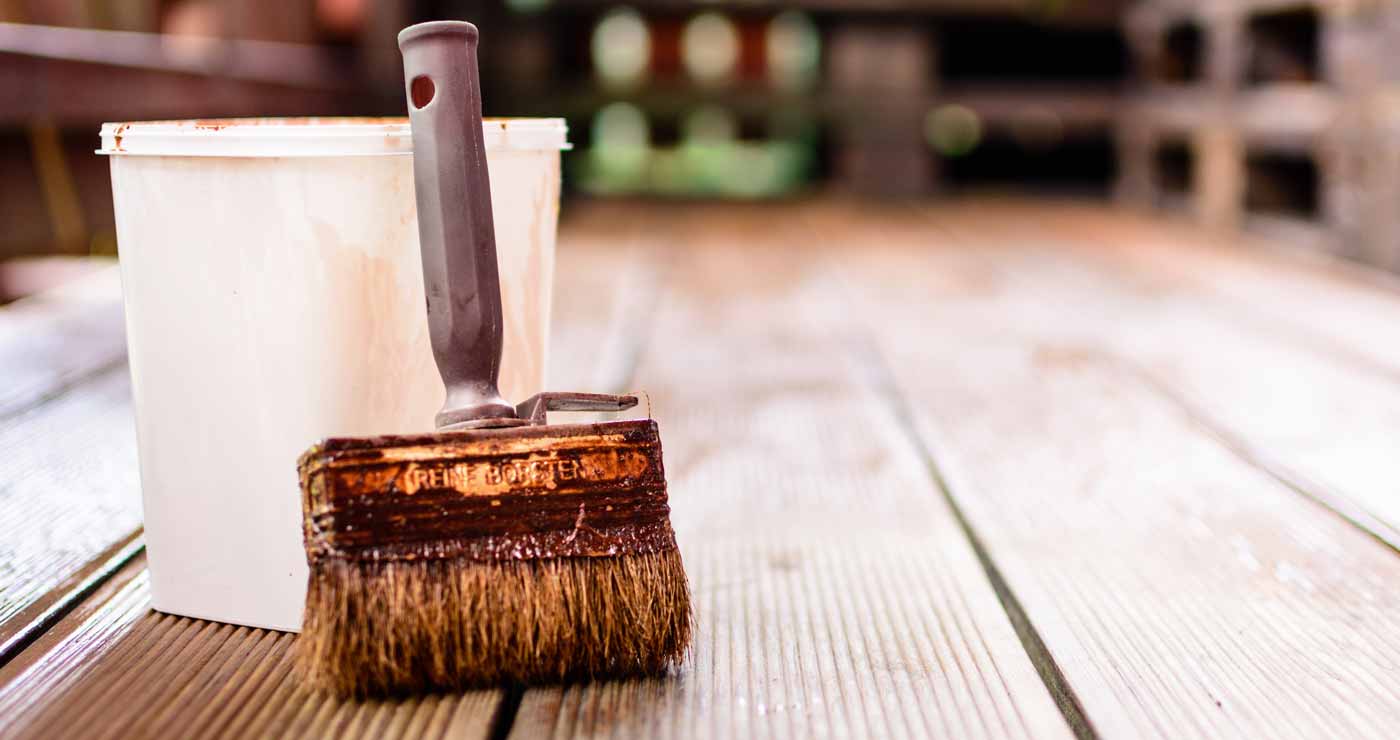
8.1. Cleaning with a Pressure Washer
Cleaning with a pressure washer is very effective but roughens the surface of the decking. This can make dirt and green algae adhere better to the decking. On the other hand, such roughening can also occur over time without a pressure washer. Therefore, especially with older WPC decking, you can use a pressure washer if you follow some basic rules.
- Do not use a steam jet
- Use a flat spray
- Clean in the direction of the decking's structure
- Use a maximum pressure of 100 bar
- Maintain a minimum distance of 30 cm
8.2. Removing Oil and Grease Stains
Since fats and oils do not evaporate on the rough WPC surface, stains can form. Ideally, you should wipe away these substances immediately. Scrub these areas with conventional all-purpose cleaner and warm water, and rinse thoroughly with plenty of water. Remaining stains will disappear over time due to weathering.
8.3. Removing Water and Mildew Stains
Water and mildew stains are mainly found in the covered area of the terrace since they are not as exposed to weather influences there. However, these stains can be easily removed with water, all-purpose cleaner, and a scrubbing brush. Apply the all-purpose cleaner using the brushes, let it work according to the manufacturer's instructions, and then rinse thoroughly with warm water.
8.4. What to Do About Scratches or Burn Marks
The plastic component makes WPC susceptible to scratches and burn marks from falling charcoal or cigarette embers. Removing them differs depending on the surface texture of the board.
For rough, brushed surfaces, use a sanding block and sandpaper to remove the blemish. Always work along the board's structure during this process. This may result in a slight color difference, which usually evens out over time due to weathering.
For smooth surfaces, this is not possible. Here, you will need to replace the affected board entirely. This typically results in a color difference that generally disappears on its own over time.
8.5. Home Remedies for Removing Algae Stains on the Boards
During winter, moss, algae, and dirt tend to accumulate on the terrace. Use a spray bottle or watering can to distribute vinegar cleaner on the affected areas. Scrub these areas with a scrubbing brush or an appropriate brush. Rinse with clear water afterward.
8.6. Maintenance and Care of WPC Boards
WPC boards require relatively little maintenance. However, there are cleaners and surface protection products specifically designed for this material. Regularly using these products correctly promotes the longevity of the terrace flooring.
8.7. The WPC Cleaner
The WPC cleaner is used to remove grease and dirt from the outdoor decking.
To do this, add 250 – 500 ml of the cleaner to 5 liters of warm water.
Use a brush or sponge to spread this mixture on the decking.
Rinse thoroughly with water. Then, dry the decking with a cloth.
If heavily soiled, you may need to repeat this treatment.
8.8. The WPC Surface Protector
This product, specially developed for surface maintenance of WPC decking, consists of oils that penetrate deep into the material and adhere well to the surface. Before applying this surface protector, thoroughly clean the terrace floor.
Stir the surface protector well before applying. You will need one liter of this product for every 15 to 25 m² of decking area. Use a brush or sponge to apply the surface protector thinly and evenly on the floor. If the floor still has dry spots after the product has absorbed, repeat the treatment. Wipe off any excess oil with a cotton cloth.
The surface protector takes about an hour to become completely dry. After 24 hours, it is fully cured.
8.9. Painting WPC Decking?
You can purchase WPC decking in various colors. Since the boards are colored throughout, the color does not change over time. If you apply paint from the outside to the boards, it will not adhere to the WPC material and will peel off quickly.
8.10. Impregnating WPC Decking?
In principle, no impregnation of the boards is required. However, you can apply an impregnation to simplify the maintenance of the floor. Use a water-based impregnation for this purpose. It forms a layer on the boards that makes them less rough. Dirt adheres less well to a smoother surface.
9. Disposing of WPC Decking
There are no regulations for the disposal of WPC. Some manufacturers offer free collection of the boards. Similar to wood, you can dispose of small quantities of boards or assembly remnants in household waste. For larger quantities, place them in bulky waste or take them to the nearest recycling center. WPC decking is 100% recyclable. New WPC materials can be produced from them, but this only works if the manufacturer offers a collection service. Otherwise, the boards can be thermally processed, replacing fossil fuels with their high calorific value.

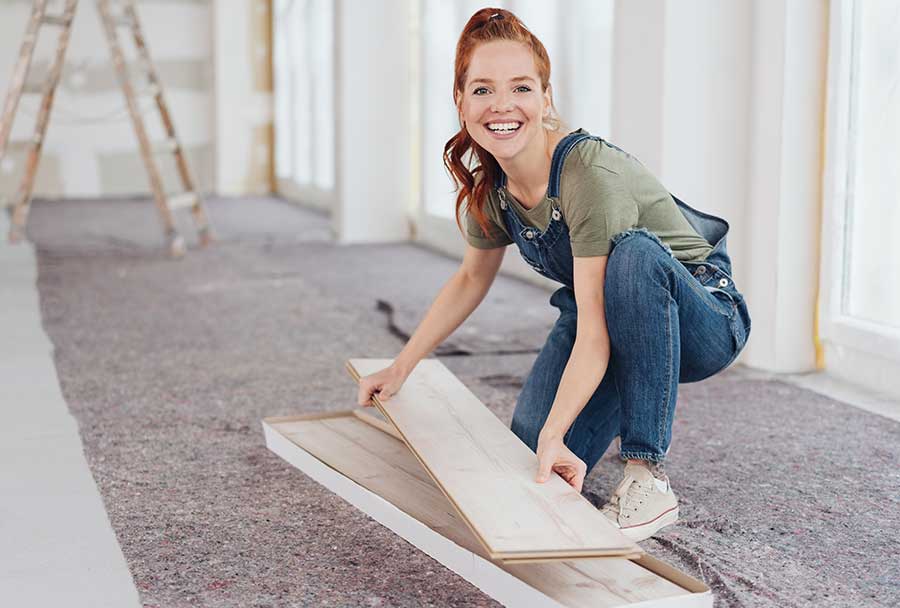
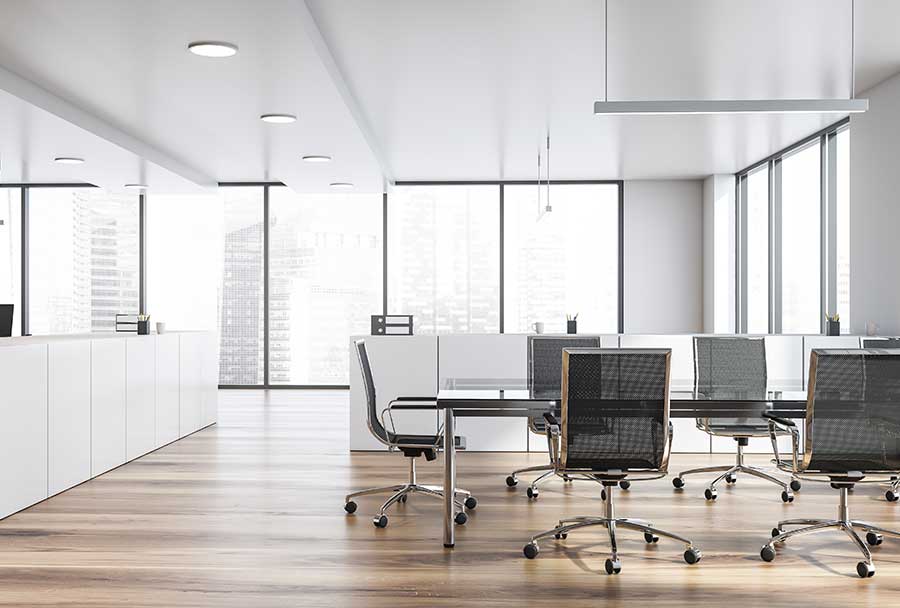
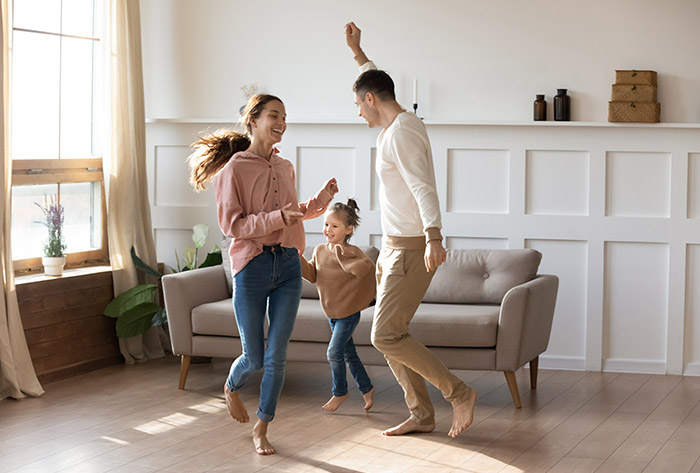
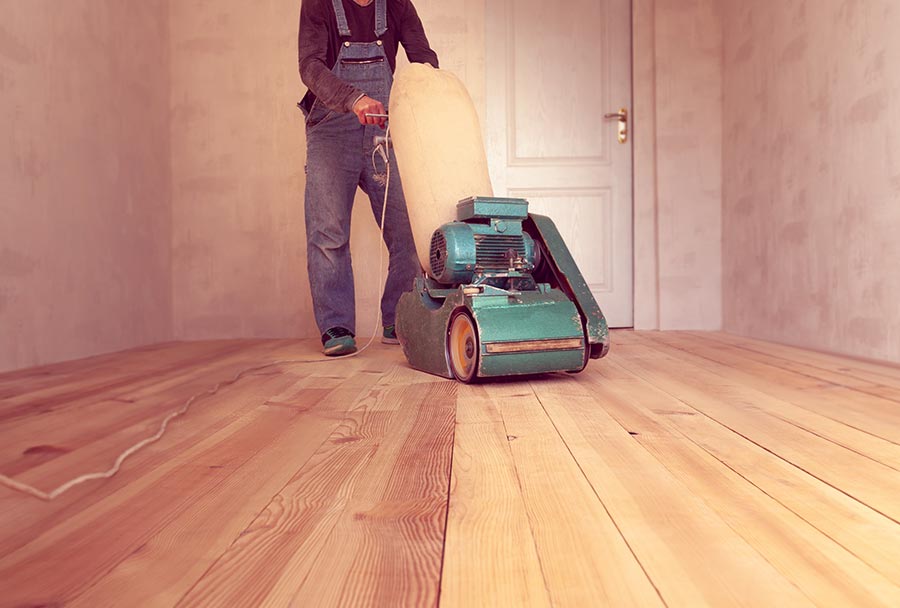
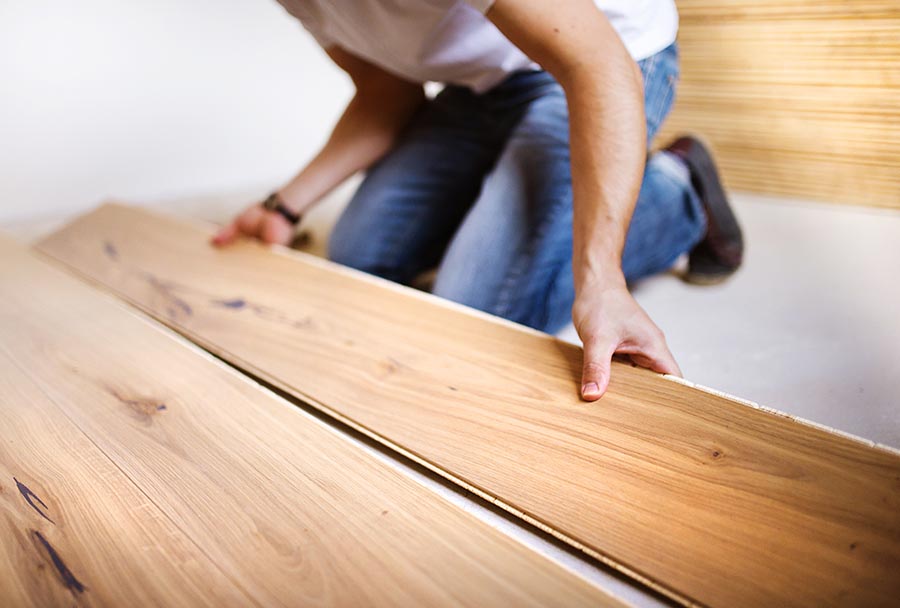
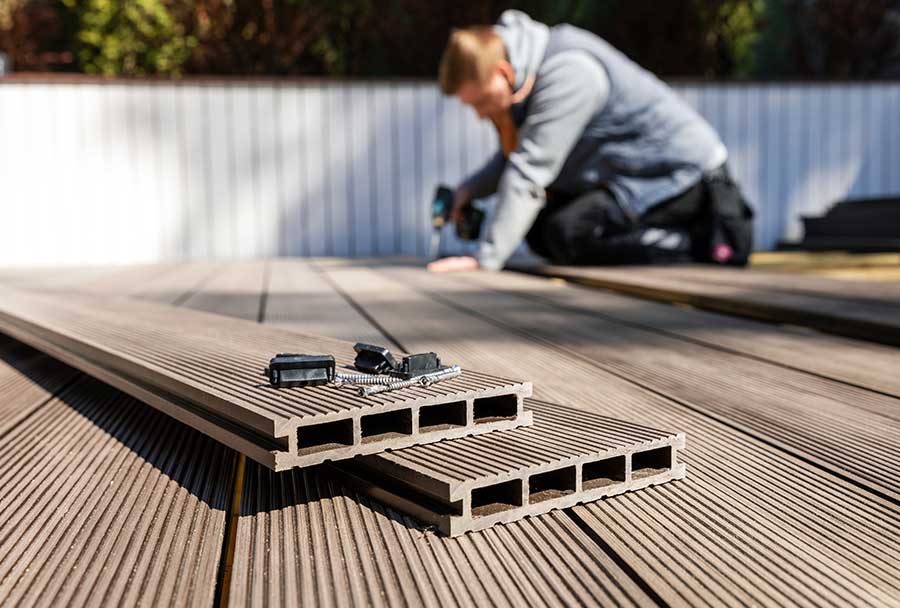
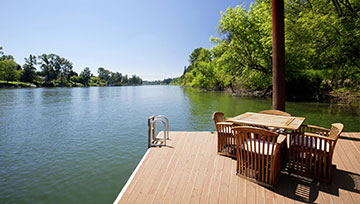
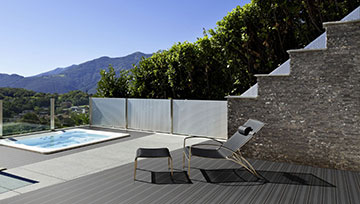
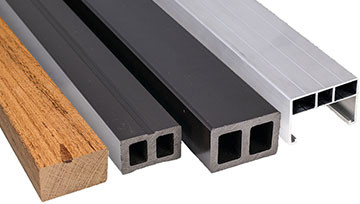
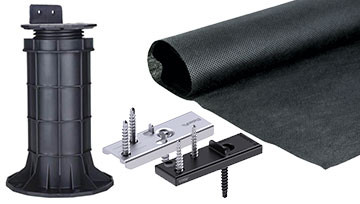
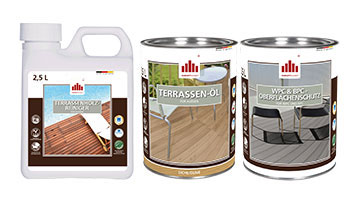
Comments